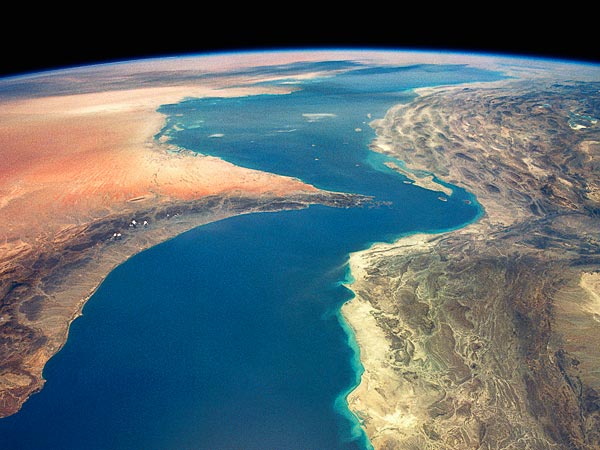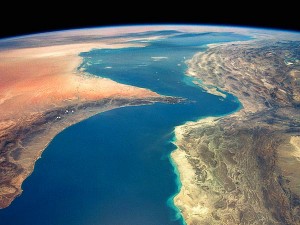
More Threats in the Straits of Hormuz
About a month ago, I posted on how the Iranian threats to the Straits of Hormuz could threaten global oil supplies. It appears that American Navy threats that any closure of the Straits was a clear red line have defused the tension, at least for the short term. However, there is still a strong feeling that action, either military or more diplomatic, against Iran could bring
Threats to Hormuz are an asymmetric threat: Iran doesn’t have the power to challenge the American 5th fleet at sea, but it could use alternative means that would effectively close the Straits. The IISS has released a great briefing “Strait of Hormuz, Iran’s Disruptive Military Options” of what a military conflict over Hormuz would look like, saying:
“Such tactics would resemble the latter years of the ‘Tanker War’. Lasting throughout the Iran–Iraq War of 1980–88, but with a significant escalation in 1984, this primarily involved the targeting of vessels carrying Iranian or Iraqi/Iraq-allied Arab oil and offshore platforms. According to a comprehensive CSIS study, 259 tankers and carriers were attacked between 1984 and 1988.”
With the Republican candidates calling for a more hawkish stance against Iran’s efforts to build a nuclear bomb, and what looks to be an increasing likelihood of an Israeli attack, this is an issue that is not going away immediately. I am confident that Saudi excess capacity combined with a release of strategic reserves from IEA-member countries could replace a threatened cut-off of Iran’s 2 million barrels/day of oil, but a cut-off of all 17 million barrels per day of oil through Hormuz would be something different, causing global oil price spikes and real unrest in the region. This is a long-haul that will require constant vigilance.






